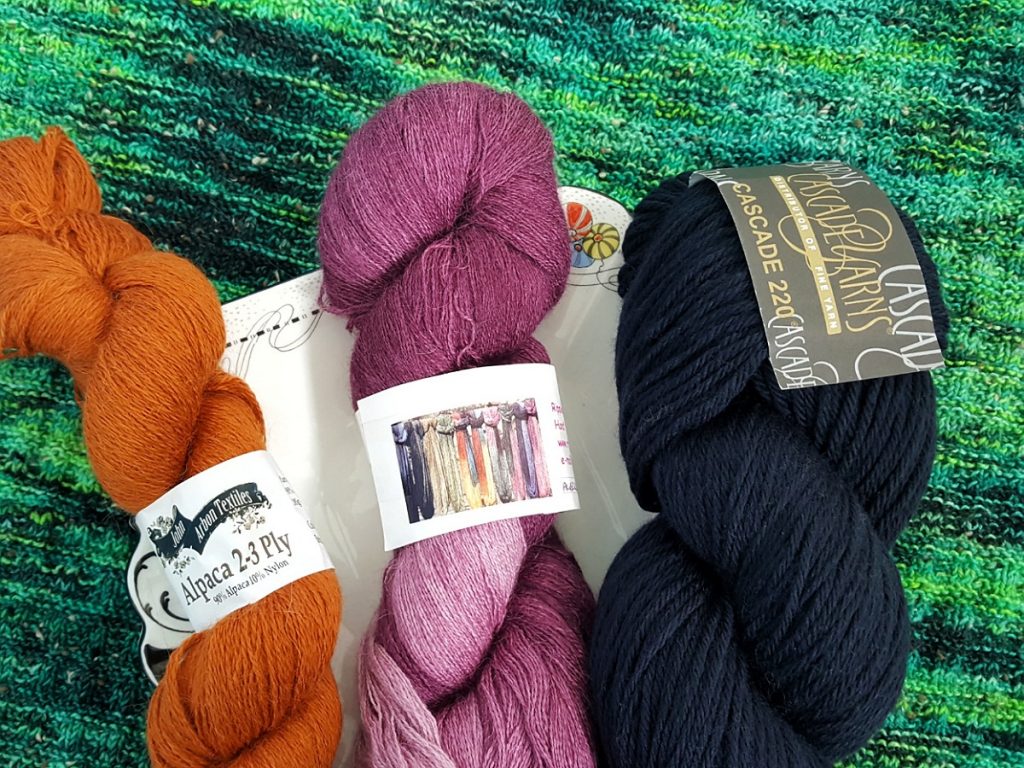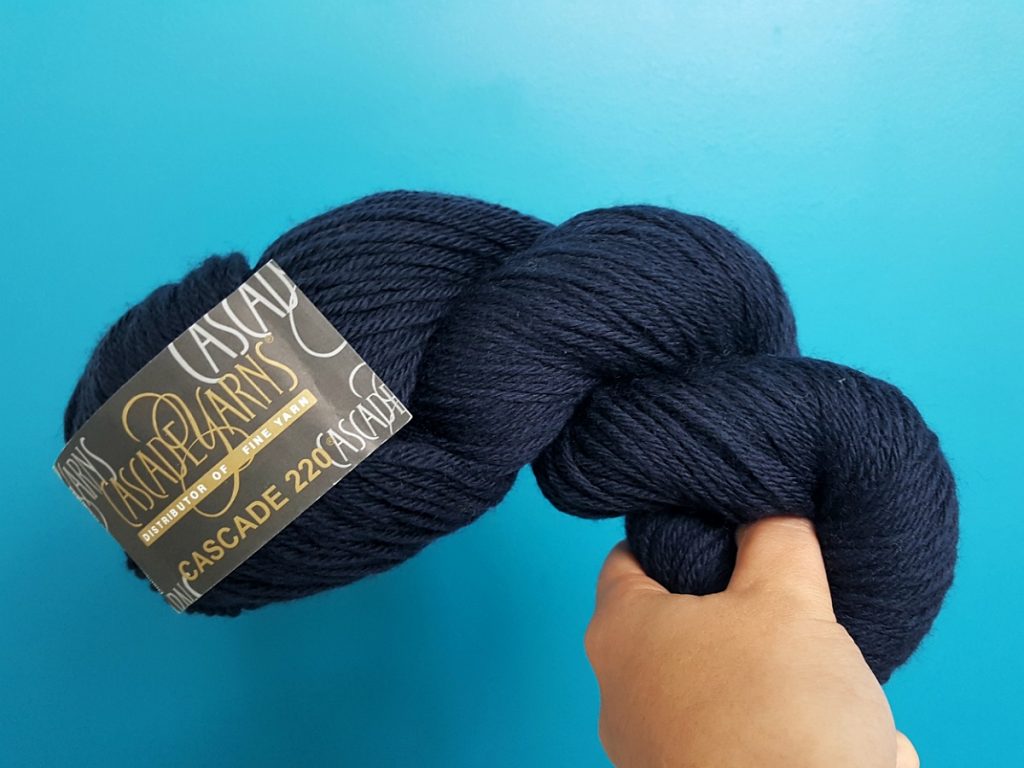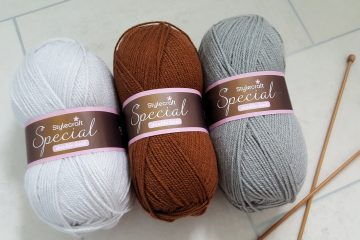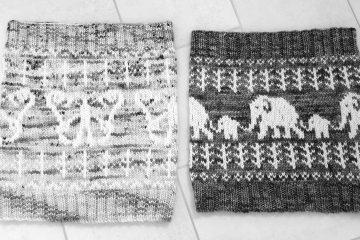
A few months ago I was digging around my personal stash and found two hanks of indie dyed yarn for my project.
The yarn had been in my stash for several years and I was pleased to finally have a purpose for them.
As I was repacking the rest of my stash away something dawned on me.
You’re likely reading this because you buy indie dyed yarn. So you know that indie dyed yarn is typically twisted into a hank for storage. Sometimes quite long term storage 😉
These hanks then need to be wound into a ball or cake before they are used. And general advice is not to do this until we’re ready to use the yarn. This is because the yarn needs to rest and relax when it’s in storage. Sometimes balls and cakes can be too tight, which puts unnecessary tension and stress on the yarn fibers.
Anyway I realised that a lot of my indie dyed yarn was twisted very tightly. In some cases the hank was distorted in shape.
They all looked just as neat and tidy as the day they arrived in the post. But I was suddenly very concerned. Surely this goes against the whole purpose of the yarn being put into a hank in the first place. How can the yarn relax like this? How has this damaged the integrity of the fibers all for the sake of looking pretty?
Other yarns in my stash, from the likes of Rowan, Cascade, and Drops, are soft and “floopy”. By this I mean they appear to have free movement between the strands of yarn and floop gently from side to side fluidly along the whole hank. Non-floopy yarns are quite rigid and move more jerkily and in specific spots across the hank.

Whilst much of my stash are also wound into balls and skeins rather than a hank, they are still soft and floopy. There is plenty of air circulating through the yarn strands, and the yarn is pliable and relaxed. You can easily get a finger underneath a strand if need be. Even yarns such as Cascade 220 are wound into hanks and these are soft and floopy too.
These thoughts of over twisting go further than just the put up of the yarn though.
After you’ve made your project, at some point you’ll need to wash it.
We’re forever told (for good reason) to treat our knitted items with care, regardless of whether your yarn was acrylic or pure silk.
Machine washable items should be washed on the most gentle setting, and carefully laid flat to air dry.
Hand washed items should be allowed to soak in special washes and cool water, without unnecessarily agitating the fibers. Excess water should then be squeezed out, never wrung, to prevent damage and stress to the yarn. And again laid flat to air dry.
Even in the aftercare stage we mustn’t twist our yarn tightly. Gently spinning and squeezing only.
So it seems to me that a tightly twisted hank of yarn goes against some of the principles I’ve learnt in my years as a knitter.
Since this realisation, I have donated all the older yarn in my stash that I felt was twisted too tightly. And I’ve retwisted some of the newer additions. However I also noticed that my oldest remaining hanks, from dyers who are sadly no longer in business such as Ripples Crafts, seem to be looser than the newer stash.
So it makes me wonder, with the ever increasing competition in the indie dyed yarn market, is yarn being twisted tighter and tighter, potentially sacrificing the integrity of the fibers, all for the sake of a hank that looks neater and prettier for longer?


0 Comments